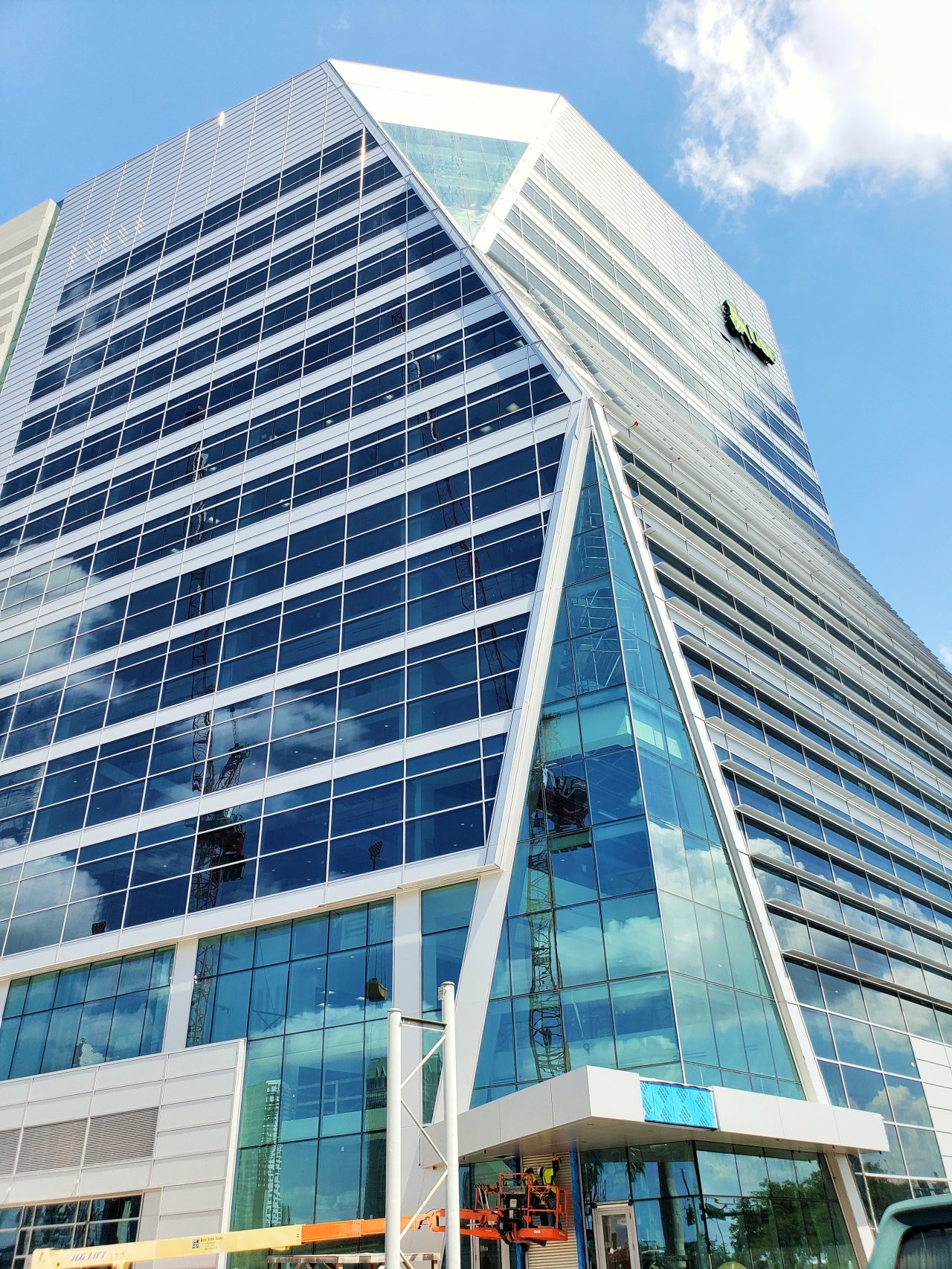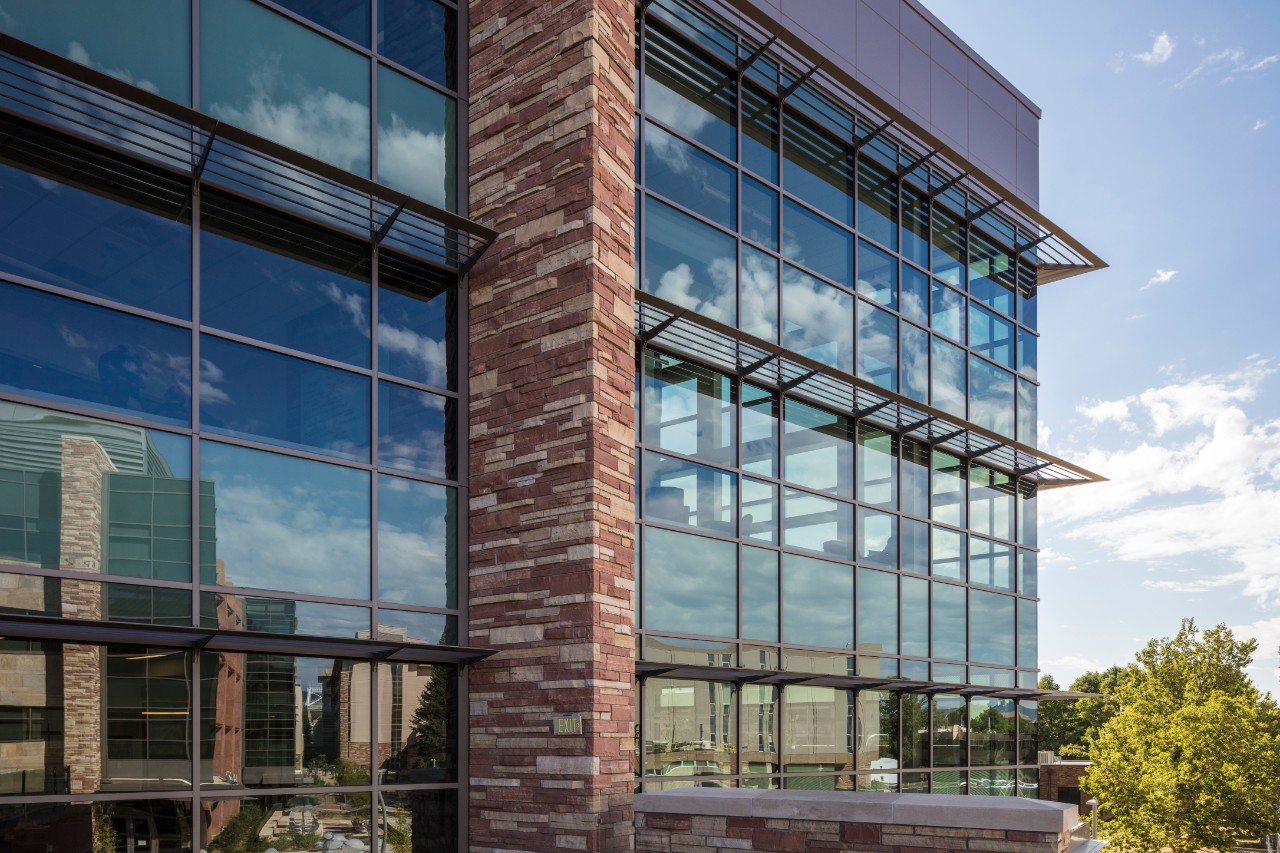Body-tinted glass

Transparent float glass with a consistent colour throughout its depth, see “tinted float”.
It is a normal clear float glass into whose melt colorants are added for tinting and solar-radiation absorption properties. This reduces heat penetration in buildings. Coloured glass is an important architectural element for the exterior appearance of façades.
Production is the same as in float glass production. The only variation is the colorants mixed at the beginning with the standard raw materials. Different additives may produce differently coloured glasses.
A few of the more commonly used colorants and colours they produce are listed below:
Colourant Colour of glass
Iron Green, brown, blue
Chromium Green, yellow, pink
Vanadium Green, blue, grey
Copper Blue, green, red
Cobalt Blue, green pink
Titanium Purple, brown
Carbon & Sulphur Amber, brown
Selenium Pink, red
Less Common Glass Colouring Agents:
Opal (white): Fluorine and alumina (to cause the fluorine to crystallize to opal.
Clear: Sand with very low iron (FeO or Fe2O3) is required, plus the absence of contaminants in other ingredients. Cobalt (blue-producing) is often added to mask the greenish-brown tint that results from trace iron content.
Amber: Sulphur with carbon.
Lime Green: Chromium oxide (Cr2O3).
Emerald Green: Chromium oxide with cobalt oxide (CoO) and copper oxide (CuO).
Turquoise: Same basis as emerald green but with higher ratio of CoO and CuO to Cr2O3.
Blue: Cobalt oxide and copper oxide. Different blue shades can be made with each of these used alone. Spectrum uses both to obtain a desirable blue hue.
Purple: Manganese dioxide (MnO2).
Yellow: Cadmium Sulphide (CdS).
Orange: Cadmium sulphide and selenium (Se).
Red: Cadmium sulphide with selenium in higher proportion than for orange.

Float glass is a key feature of architectural design. It is essential to how we design and build today.

Access a wealth of technical notes to enhance your knowledge about glass!

Guardian Glass Training Center
Learn the glass fundamentals in a fun and interactive way, at your own pace!